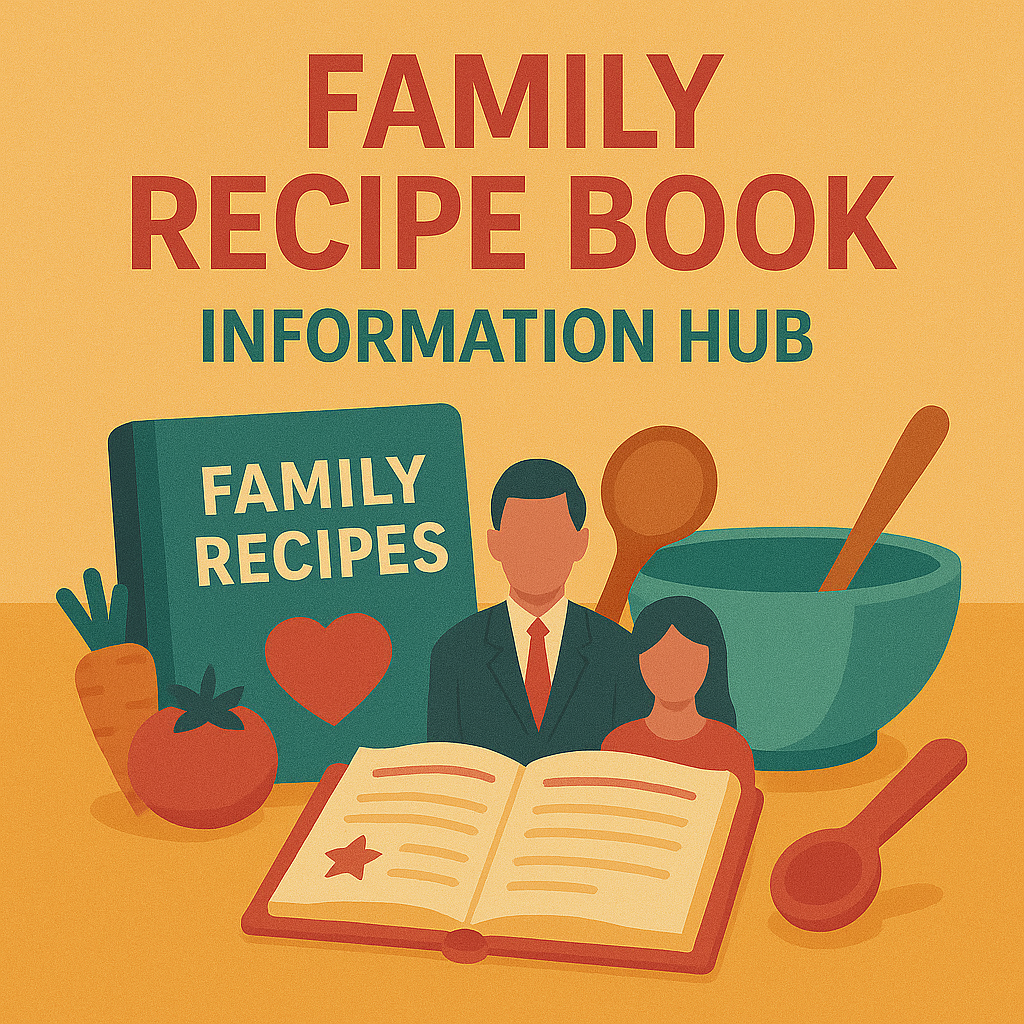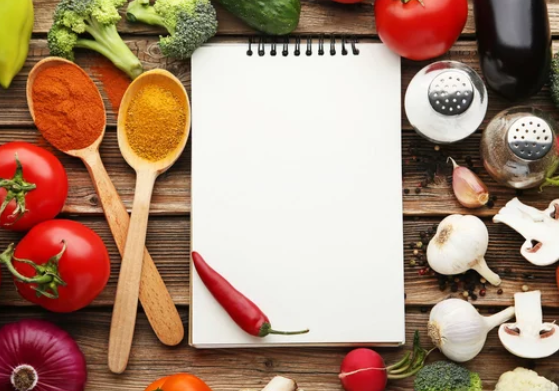Some of the best inheritance comes in sauce-stained handwriting.
The Family Recipe book Information Hub
A family recipe book is more than a collection of meals. It’s a record of stories, culture, and love passed from one generation to the next. Whether you’re gathering handwritten cards from a grandparent, organizing digital recipes, or building a gift to share at a family reunion, this hub walks you through how to collect, organize, and preserve your family’s culinary legacy.

Key Things To Know
Creating a family recipe book is part storytelling, part preservation. Here’s what to keep in mind as you begin.
- Start with the recipes people ask for: Every family has its classics. Begin with the dishes that show up at every gathering, are talked about with affection, or that no one makes quite the same way.
- Photos, stories, and memories bring recipes to life: A recipe is richer when it includes who first made it, when it was served, or why it mattered. Add photos, notes, and memories alongside the instructions.
- Handwritten originals are worth preserving: Even if you’re typing up the recipe, scan or photograph the original cards or notes. The handwriting, stains, and personal quirks tell part of the story.
- There’s no one right format: Recipe books can be printed, digital, bound, boxed, or stored online. You can keep it simple or go full scrapbook. What matters most is that it gets shared.
- Invite others to contribute: If you’re building a collective cookbook, make it a group project. Invite family members to submit their favorites, even if they’re simple or store-bought inspired.
How to Create a Family Recipe Book
A step-by-step guide to building a keepsake your whole family will cherish.
- Gather recipes from relatives: Reach out to parents, grandparents, siblings, cousins, and extended family. Ask for recipes in any format—cards, emails, photos, or memory.
- Choose a structure for the book: Organize by meal type (appetizer, entrée, dessert), by contributor, or by family event or holiday. Make it easy to follow and personal to your family.
- Decide on a format: Print it as a bound book, design it as a digital PDF, or use a photo book service. For handwritten archives, consider a keepsake box with recipe cards.
- Add context and stories: Include photos, anecdotes, or quotes from relatives. Share when the dish was made, who passed it down, or how it changed over time.
- Include room for future additions: Leave blank pages or create a notes section. A living recipe book keeps evolving as new memories are made.
- Print, save, and gift it: Print copies for family members, create a digital backup, and consider gifting it at weddings, reunions, or holidays. It’s a legacy people can taste.
Articles
Frequently Asked Questions
Whether you're just starting or halfway through building your family recipe book, these common questions can help you fill in the gaps and keep the project meaningful.
Disclaimer: The information provided on this website and by Buried in Work is for general informational purposes only and should not be considered legal advice. Please consult with a qualified attorney or subject matter expert for advice specific to your situation.

